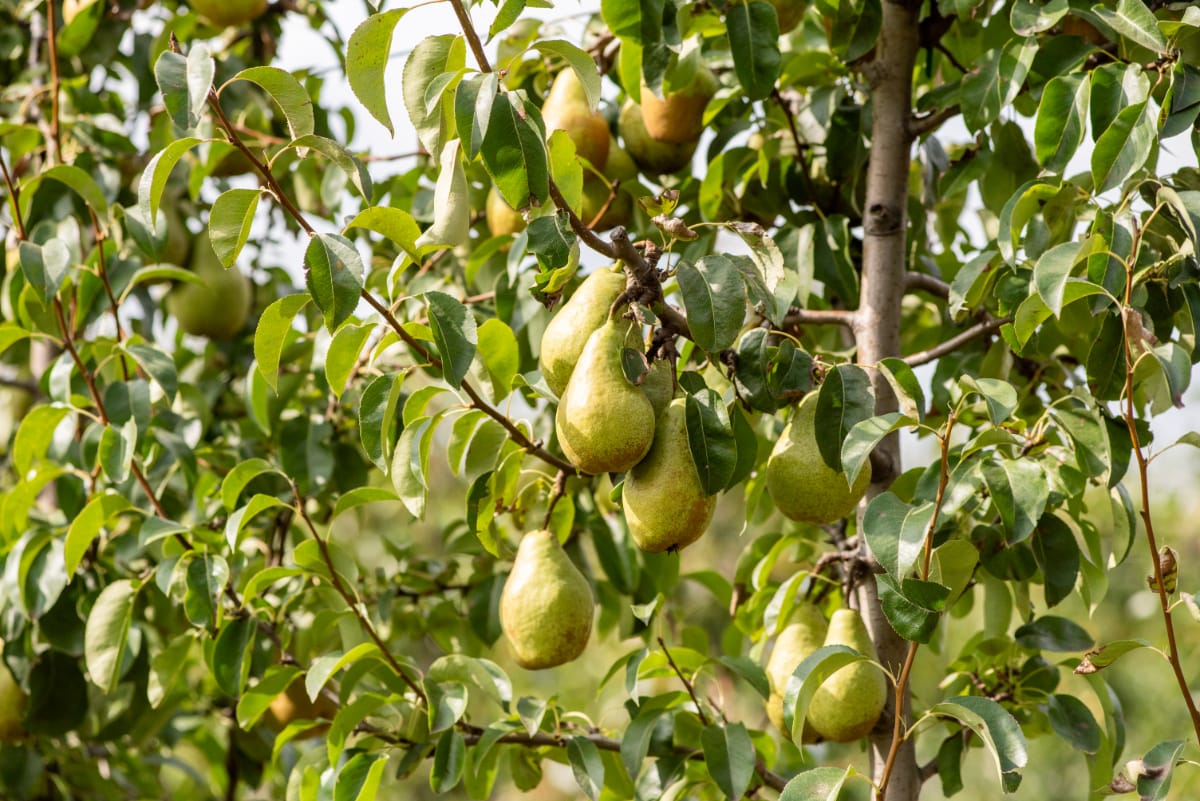Nothing in Basket!
Fruit trees prefer a sunny, sheltered site, which is essential for a consistently good crop.
The reason you should prune your fruit trees;

Fruit buds can be identified from mid-summer, but are particularly apparent after mid-autumn. By November you should be able to clearly identify the fruiting buds.
Apple trees produce flowers and fruit mainly on shoots that are two years old and older, and on short spurs that are produced on the older wood.
Two year old shoots carry both large fruit buds, and smaller pointed growth buds. Fruit buds produce flower clusters and then fruit, while growth buds form into fruit buds for the following year or into side shoots or fruiting spurs.
Identifying the two different buds:
By identifying which buds are which, you can avoid excessive removal of potentially fruiting wood and ensure a good crop.
Pruning fruit trees may involve cutting into old and new branches, shoots and spurs. Sharp tools are essential to making a clean and precise cut that do not leave torn and bruised tissue that invites disease.
Any branch under 2.5cm in thickness (thickness of a thumb) should be pruned with secateurs. For thicker branches use loppers or pruning saws. The right tool will prevent the bark from splitting.

Timing depends on the type of fruit. Pome fruit (those with a core of pips - apples, pears and quince) are pruned when dormant in winter (January).
While young trees are being trained, pruning to influence growth before it begins can be done in early spring (March).
Because of the risk of disease if winter pruned, the stone fruits (plums, cherries, peaches and apricots) must be pruned in summer (June, July, August).
First remove diseased, dead or crossing branches. Also remove any new straight spindly branches coming out of the bottom of the tree. You want a nice open middle, the shape of the tree should look similar to a goblet. Having an open centre allows air to move through the branches and stop fungal diseases taking over.
From last years new growth (long thin branches) you should take off one third, this will encourage the tree to give you more fruit and less branch growth. Always cut back to an outward facing bud - the bud will grow out away from the centre of the tree, an inward facing bud will grow towards the centre of the tree.
Now to reduce the amount of fruiting spurs. It is best to have each spur 4 to 6 inches apart. Remove any that are two close to each other to help the tree produce better fruit, it's not about quantity but quality. Remember fruiting buds are plumper and furrier than leaf buds, they can be on spurs which is a small stubby compressed stem with fruiting buds.
Nothing in Basket!
